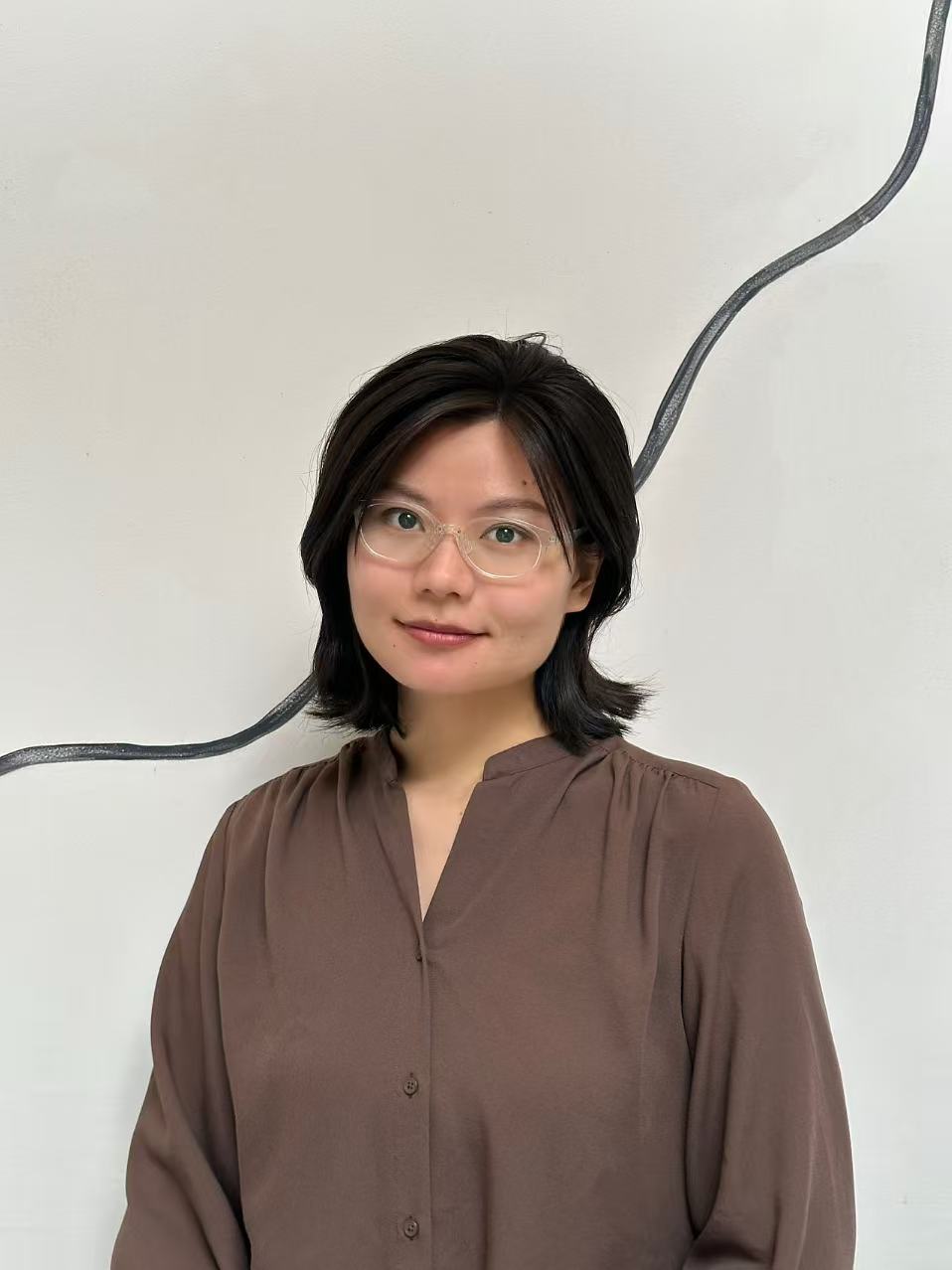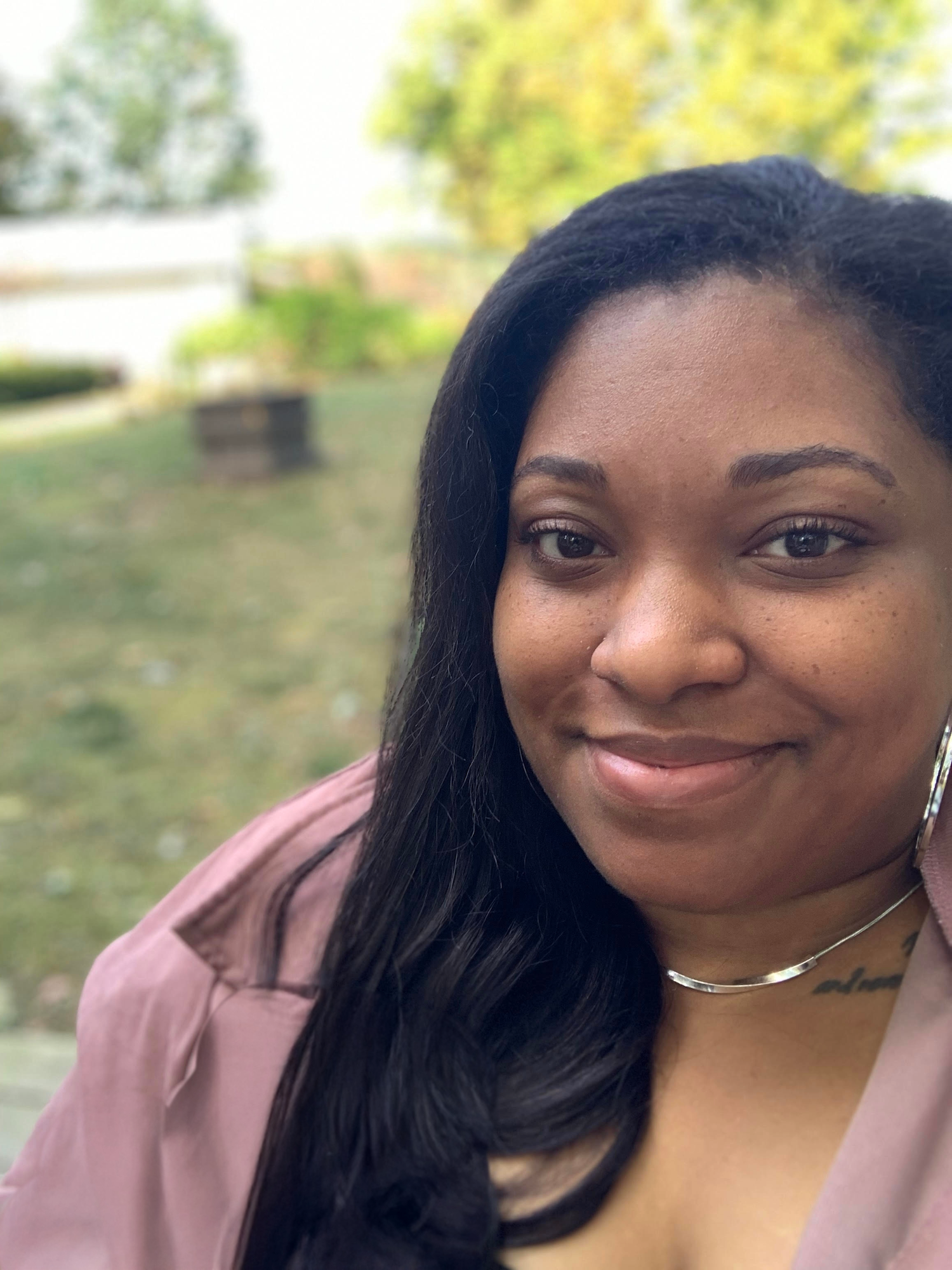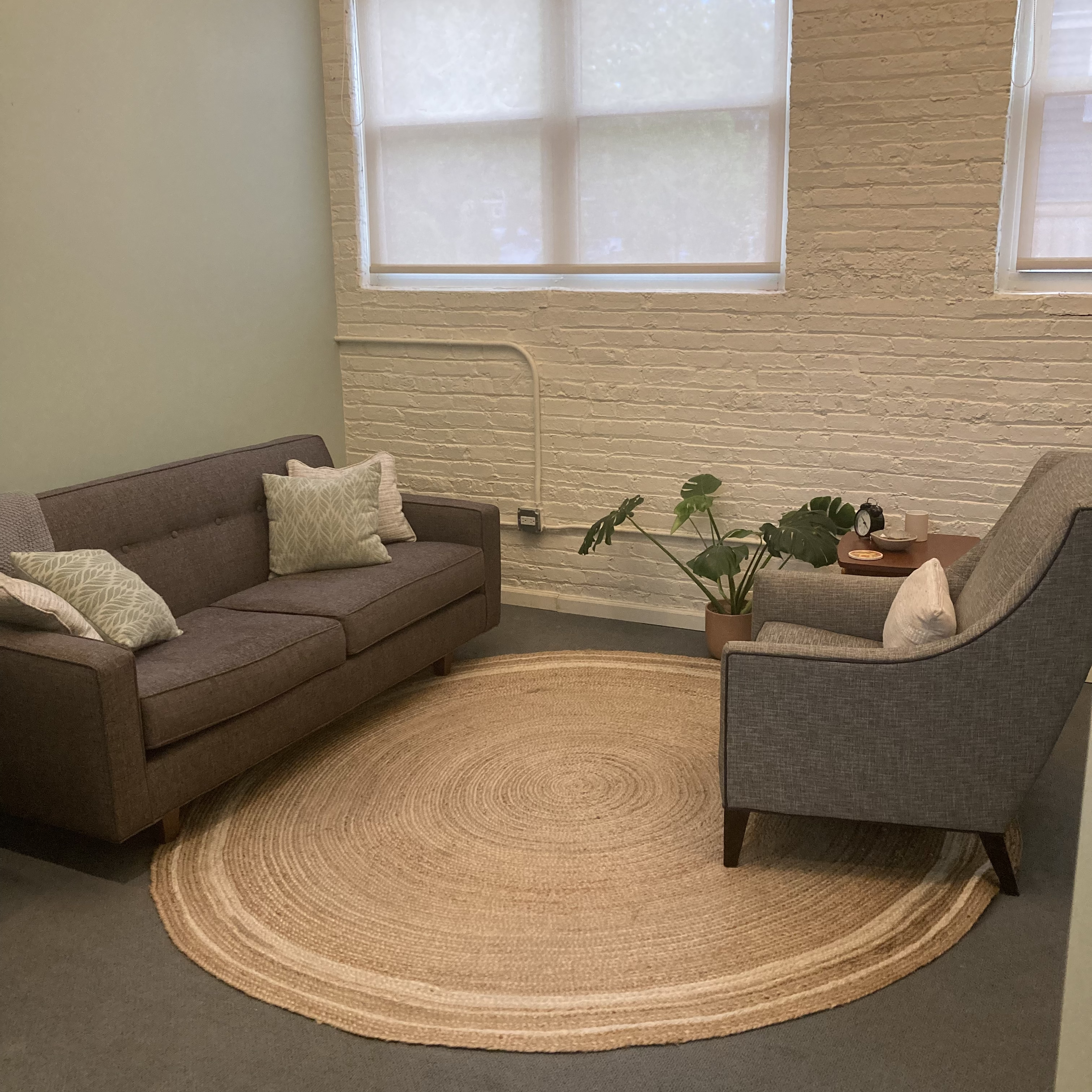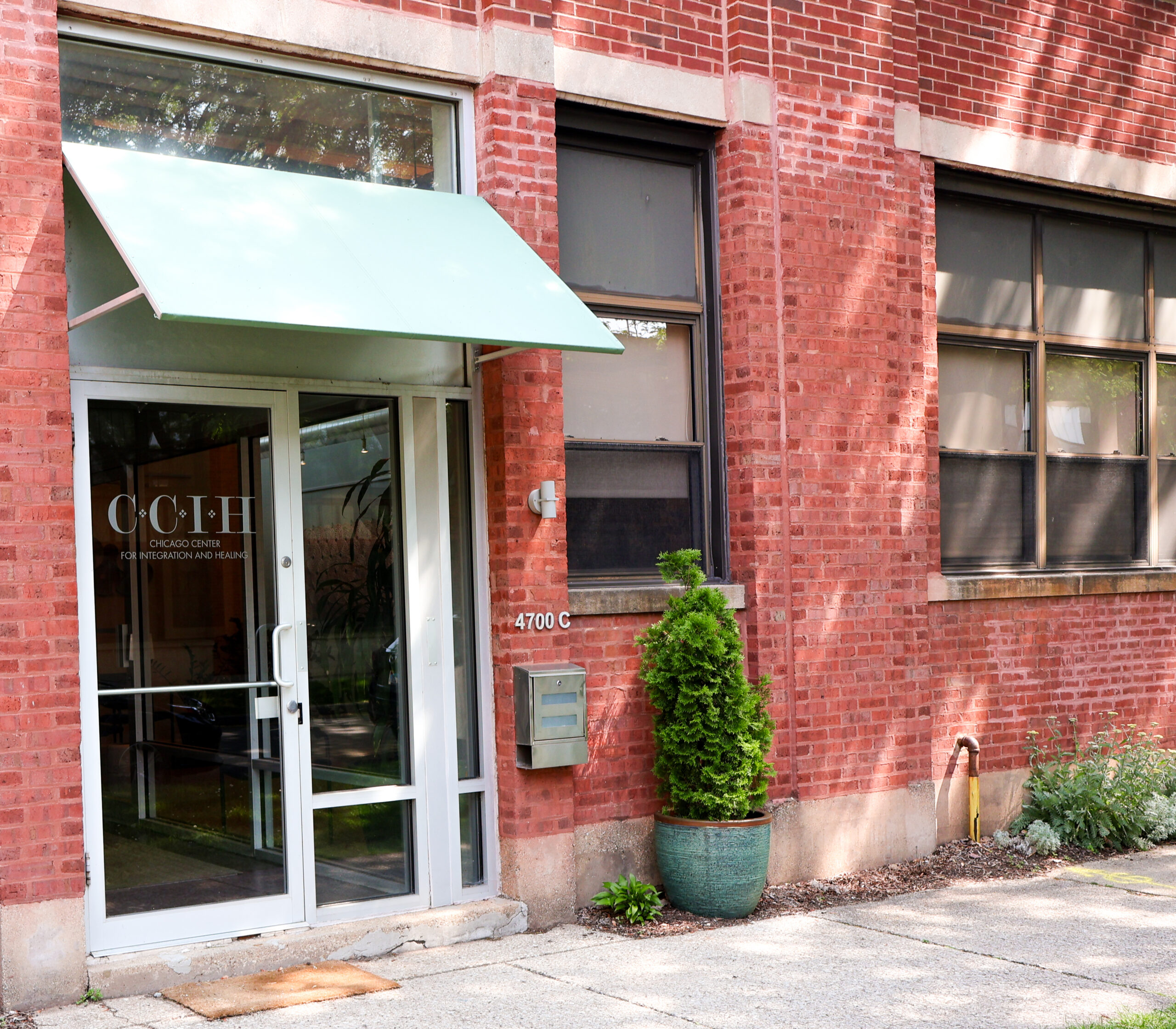Over the last many weeks, as healthcare and governmental organizations have suddenly shifted the masking requirements of the pandemic, I have found myself saying some version of this over and over to my clients: the anxiety, panic, overwhelm, exhaustion, shut down, grief, and loneliness you are feeling right now makes sense.
As my colleague Morgan Vance, LCSW wrote about last year, the pandemic is a collective trauma that puts pressure on our central nervous systems to adapt to new environmental threats. While this may have been easily understood when illness and loss statistics were rising in our communities, it may not seem to make as much sense now. After all, the new rising statistics are in numbers of fully vaccinated folks in the community and increasing capacity rates at local small businesses and even larger venues such as sports stadiums.
Why, with all of this forward momentum and progress, does it make sense that all of these overwhelming feelings are showing up now?
The intellectual part of our brains, the prefrontal cortex, know the available research and statistics and ways the pandemic is winding down in our communities, but the emotional and survival parts of our brains might not know this yet. The amygdala, a key part of our brain’s threat center, has adapted to seeing masks and physical distance as a way to stay safe. Seeing people without masks, seeing people in close proximity, may signal threat to the amygdala and send survival responses to the brainstem and body before conscious thought is able to catch up to what you are witnessing. Just because your prefrontal cortex knows that you may be fully vaccinated and this may not be needed for safety in the same way, doesn’t mean that information has been translated to your amygdala or your body.
Another reason this makes sense is that the brain is so protective and adaptive that the intensity of the painful experiences of the pandemic, exacerbated by increased attention on social inequity and oppression, may have had to be, intentionally or unintentionally, stored outside of conscious awareness (clues to this are: “I can’t think about this right now” “Turn that commercial off”) to allow for continued functioning (if you are reading this right now, you did function through this ongoing pandemic, even if it doesn’t feel like you did). What we know about this strategy is that when the stressor is over or lessened, and we have more capacity for emotional experience, our brains allow that information back into our awareness. It may be entering our awareness in thoughts such as “I am so sad that I missed seeing my friends for so long” or it may be entering our awareness through emotions, sensations, movement urges, or sensory messages (like images, sounds, or smells) that don’t often match our present-moment experiences. This might be experienced as sensations of heaviness, longing, or panic when going to an indoor restaurant with friends, enjoying a day on the lakefront, or some other typically enjoyable experience for your system.
Many of us also likely know or have contact with folks that are unvaccinated, such as those with a health condition that may not yet be able to be vaccinated, young children not yet recommended to be vaccinated, or those who have chosen not to be vaccinated. The uncertainty this creates in chronic decision making around wearing versus not wearing a mask in public or indoor spaces, even with close family or friends, can also create continued stress and threat in our systems. This is further compounded by news of new variants of the virus and conflicting messages about levels of protection for those vaccinated or not.
So, if you are experiencing anxiety, panic, overwhelm, exhaustion, shut down, grief, and loneliness right now, it makes sense. Teaching your amygdala you are safe from threat in the present will take some time, repetition, and reassurance through the language of the body (i.e., grounding practices, breath practices, movement practices, connection with safe others). Providing self-validation for the grief and fear of the last year will help make space for the feelings and experiences that were pushed away (for very normal, protective reasons) over the last year. And, when you can, allowing yourself energy and rest as in the advice and words of poet and artist Morgan Harper Nichols in the image above (image with abstract background and words in the center stating give energy where you need to give energy rest where you need to rest).









